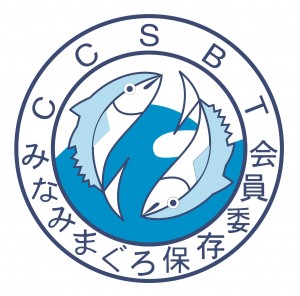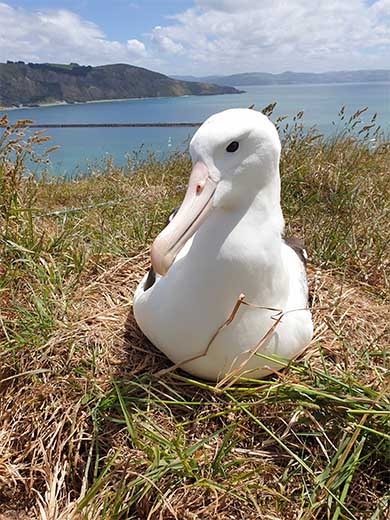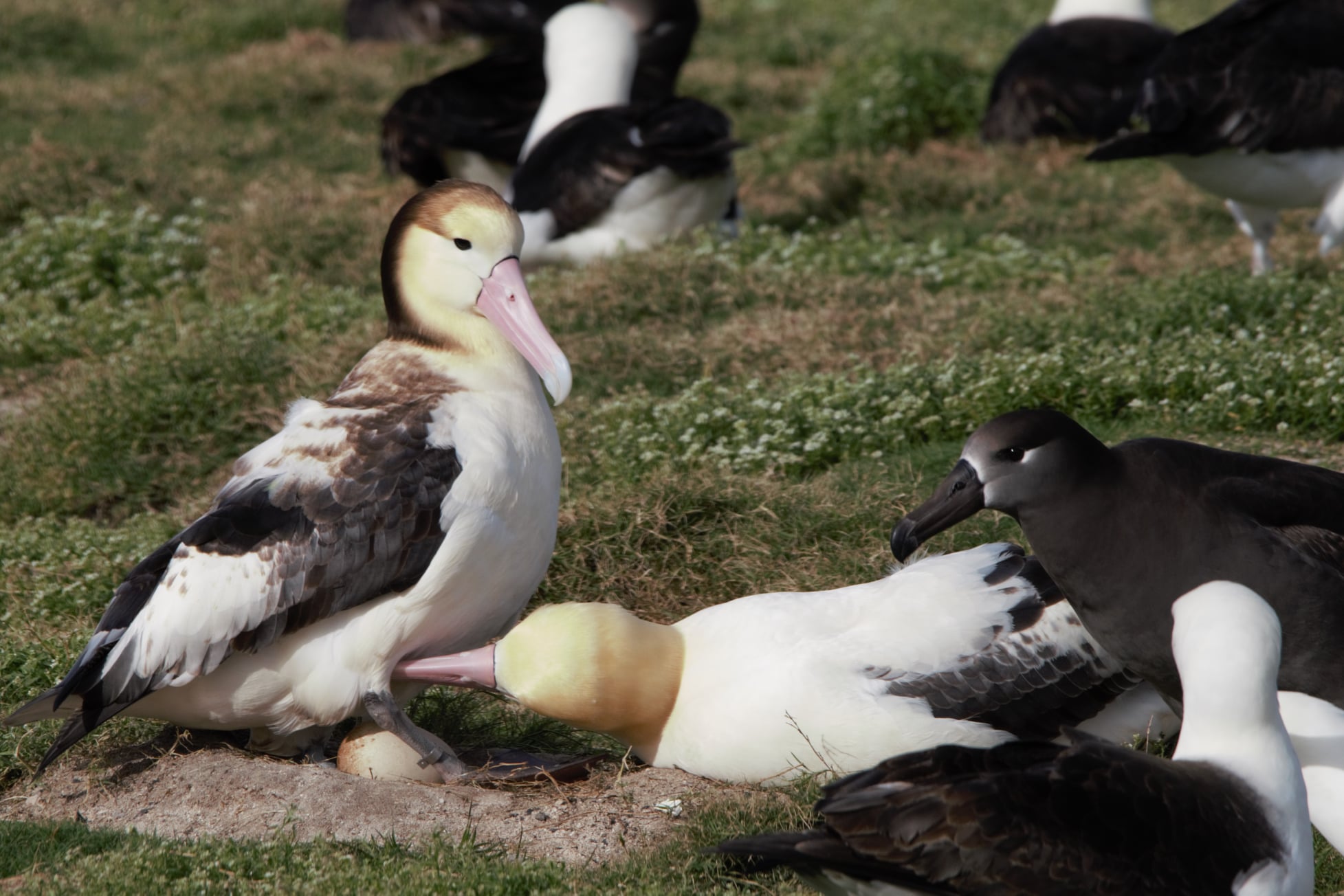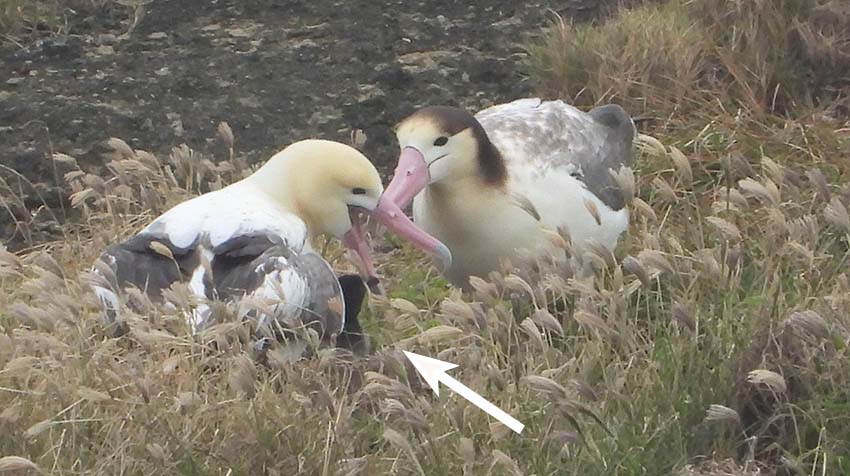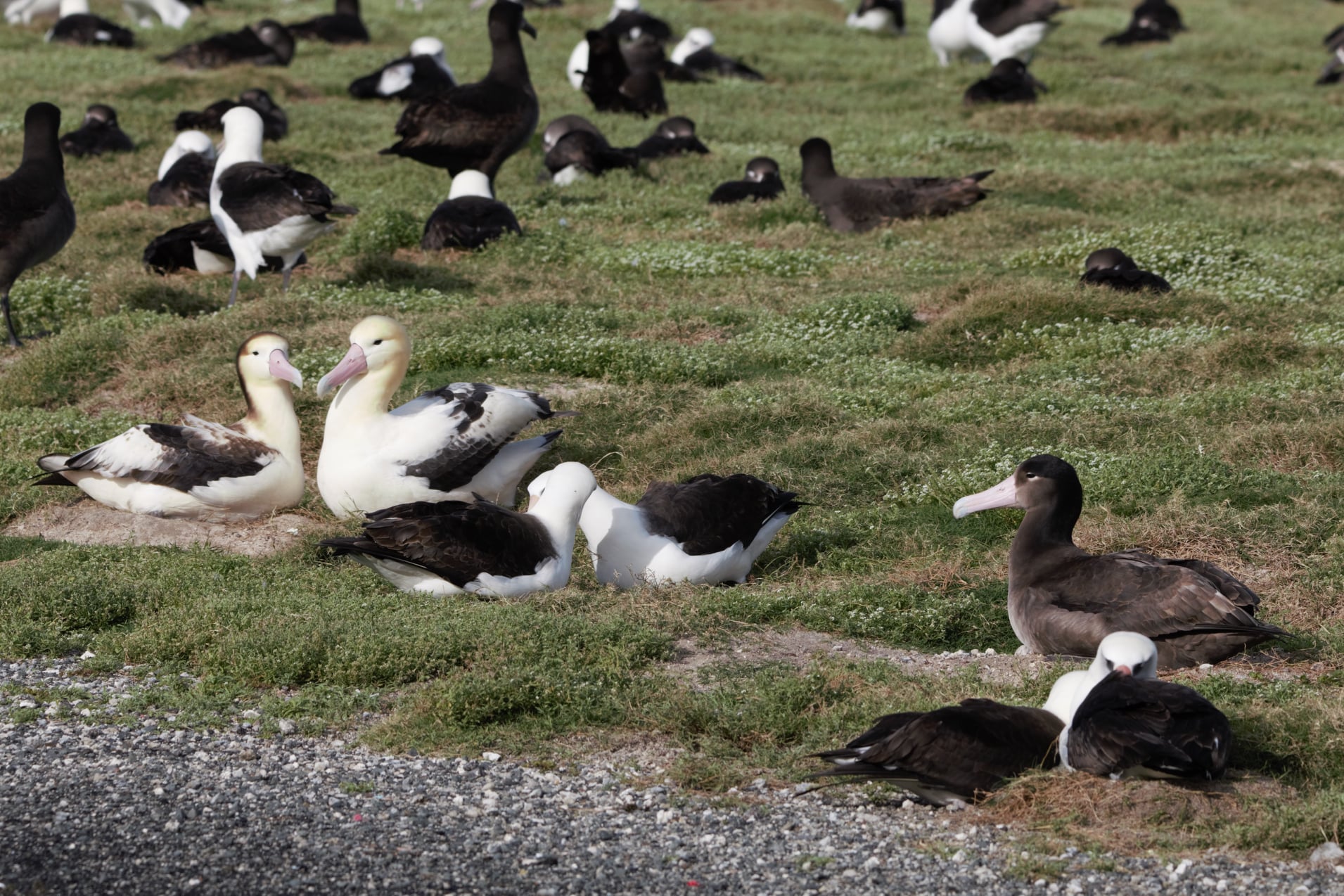
The 2019 fledgling Short-tailed Albatross (right) returns to Midway Atoll. Its parents are on the left; photograph by Jon Plissner
Note: ACAP Latest News aims to post on recent developments and findings in procellariiform science and conservation relevant to the Agreement on the Conservation of Albatrosses and Petrels on five days a week, Monday to Friday. To this end, the ACAP Information Officer trawls though social media, follows the scientific literature and corresponds with seabird researchers, conservationists and managers worldwide for snippets of news. Sometimes, when there is a lot of news about, some coming from social media sources is shared directly to ACAP’s Facebook page. But occasionally, so many news stories worthy of writing up in detail are around that by the time they get to receive a daily ALN post they are old and stale.
News from the Hawaiian Islands is often an example of this problem, so here to clear the backlog somewhat are leads to eight stories about Hawaiian albatrosses that otherwise with less news about might have received individual treatments.
Short-tailed Albatross juvenile returns to Midway Atoll
The Friends of Midway Atoll National Wildlife Refuge has posted on its Facebook page on the Vulnerable Short-tailed Albatrosses Phoebastria albatrus of Midway as follows:
“Midway Atoll's 2019 chick has made a return visit! With an “AA08” red and white band, this juvenile albatross very briefly appeared in 2021, the earliest return ever recorded of a short-tailed chick to its nesting site. The bird has been observed spending much more time on Midway this year, always in the same general area on Sand Island as its nest was three years ago. In this picture taken by Fish and Wildlife Service Biologist Jon Plissner, the juvenile can be seen sitting within a few feet of its parents as they continue to brood their failed egg from this nesting season. It’s mother, affectionately known as “Geraldine”, sits on the nest while “George” the father rests alongside.” Read earlier ALN posts on George and Geraldine here.
Annual albatross counts on Midway completed for another year
Also from the Friends of Midway Atoll National Wildlife Refuge Facebook page: "2022 Albatross Count numbers are in! This year the team counted 423,758 Laysan albatross nests and 25,626 black-footed albatross nests on the three islands of Midway Atoll National Wildlife Refuge. Nest numbers were down as compared to last year, a normal and expected fluctuation that generally happens in alternating years. Laysan nests were down 13.9% and black-footed down 3.4%. Lower numbers could also be partially attributed to increased coastal flooding of nests during what has been an exceptionally stormy winter. Learn more about the process of counting every nest on Midway Atoll in this video by FWS Volunteer Daniel Rapp.”
The oldest Black-footed Albatross known is 62
The U.S. Geological Survey Bird Banding Laboratory reports that the oldest known Black-footed Albatross Phoebastria nigripes (Near Threatened) is at least 62 years old. “The Bird Banding Lab finalizes work on a 20-year-old project to build a complete dataset of all banded and resighted pacific albatrosses. This dataset spans 80 years and covers the efforts of the monitoring program initiated in 2001 to assess the Black-footed and Laysan Albatross population. This collaborative project between USGS and FWS resulted in a curated dataset of 1 million records.” (click here).
A Laysan Albatross visits the Anapuka Dune Restoration Project on Molokai
The Anapuka Dune Restoration Project of the Moloka’i Land Trust in the Mokio Preserve on the Hawaiian island of Molakai will build a predator proof exclosure to protect a social attraction site to establish a new Laysan Albatross Phoebastria immutabilis (Near Threatened) colony safe from sea level rise. Decoys and sound have brought in an albatross for repeated landings recently (click here and watch a video). “This was the first documented landing in the social attraction site since it was deployed back in November 2017”. Access earlier ALN posts on the project here.
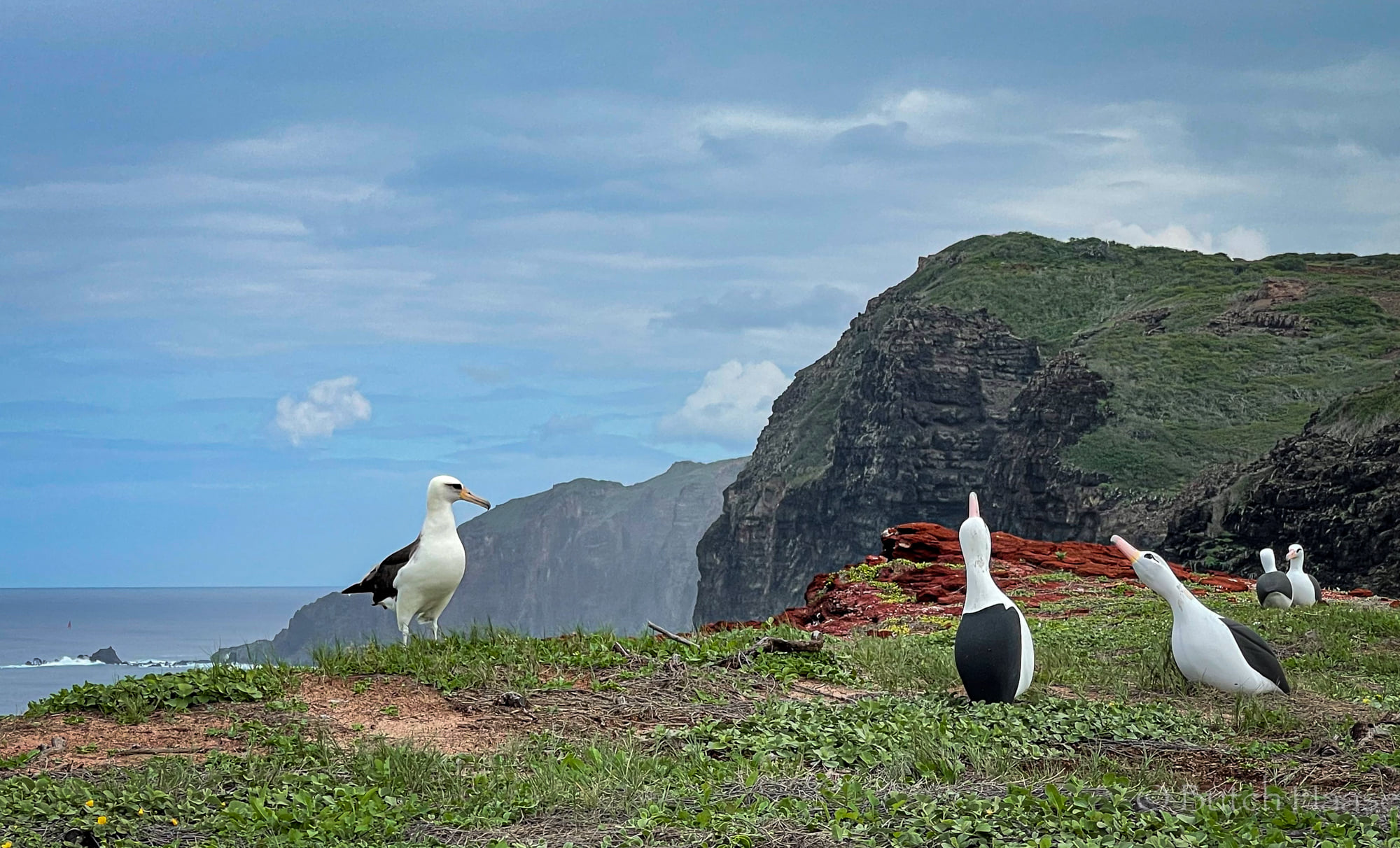
A Laysan Albatross (left) lands next to decoys in the Anapuka Dune Restoration site; photograph by Butch Haase
Black-footed Albatross breed for the first time on Oahu
The NGO Pacific Rim Conservation has posted on its Facebook page: “It's been 12 years since we started social attraction for Black-footed Albatross (Ka`upu) at Kaena Point, and this year, it finally paid off: the first wild pair of Black-footed Albatross started nesting in late November! While their egg cracked and won't hatch this year, we are thrilled to have the start of an incipient colony. This is the first record of these species nesting in the inhabited main Hawaiian Islands and bodes well for their ability to adapt to rising seas.” Access many earlier ALN posts on the albatrosses of the predator-protected Kaena Point National Wildlife Refuge here.

A Laysan Albatross flies over an incubating Black-headed Albatross at Kaena Point; photograph from Pacific Rim Conservation
Earlier, on 9 January the NGO reported on Facebook that “today there were four Black-footed albatross at Ka`ena Point: one unbanded, the female we banded at Kaena Point two years ago, one visiting bird from Tern Island 500 miles NW of Oahu, and, most excitingly, a returning female we translocated to Oahu as a chick in 2018! V651 (our translocation chick) was moved from Tern Island in 2018 and spent more than 10 days aboard a ship to reach her new home.” So it seems a new high-level colony protected from predicted sea level rise is on the way!
A translocated Black-footed Albatross returns to the James Campbell National Wildlife Refuge
And more from Pacific Rim Conservation, this time on its efforts to create a new breeding site for both Black-footed and Laysan Albatrosses in the James Campbell National Wildlife Refuge on Oahu: "Do you remember our translocated Black-footed Albatross Chick #16 in 2018? She was one of our largest translocated chicks that year with one of the biggest attitudes. About a month before fledging she was given the official ID band of V666. Four years later, she is the first of the translocated Black-footed Albatross chicks to return to the translocation site that our staff has seen in person. Scroll through the photo series and see how V666 has changed from her first week with us to just last week! And make sure if you are able to see and take photos of ID bands of any Black-footed Albatross on Oahu, to send those our way!" Access earlier ALN posts on the NGO's translocation work in the refuge here.
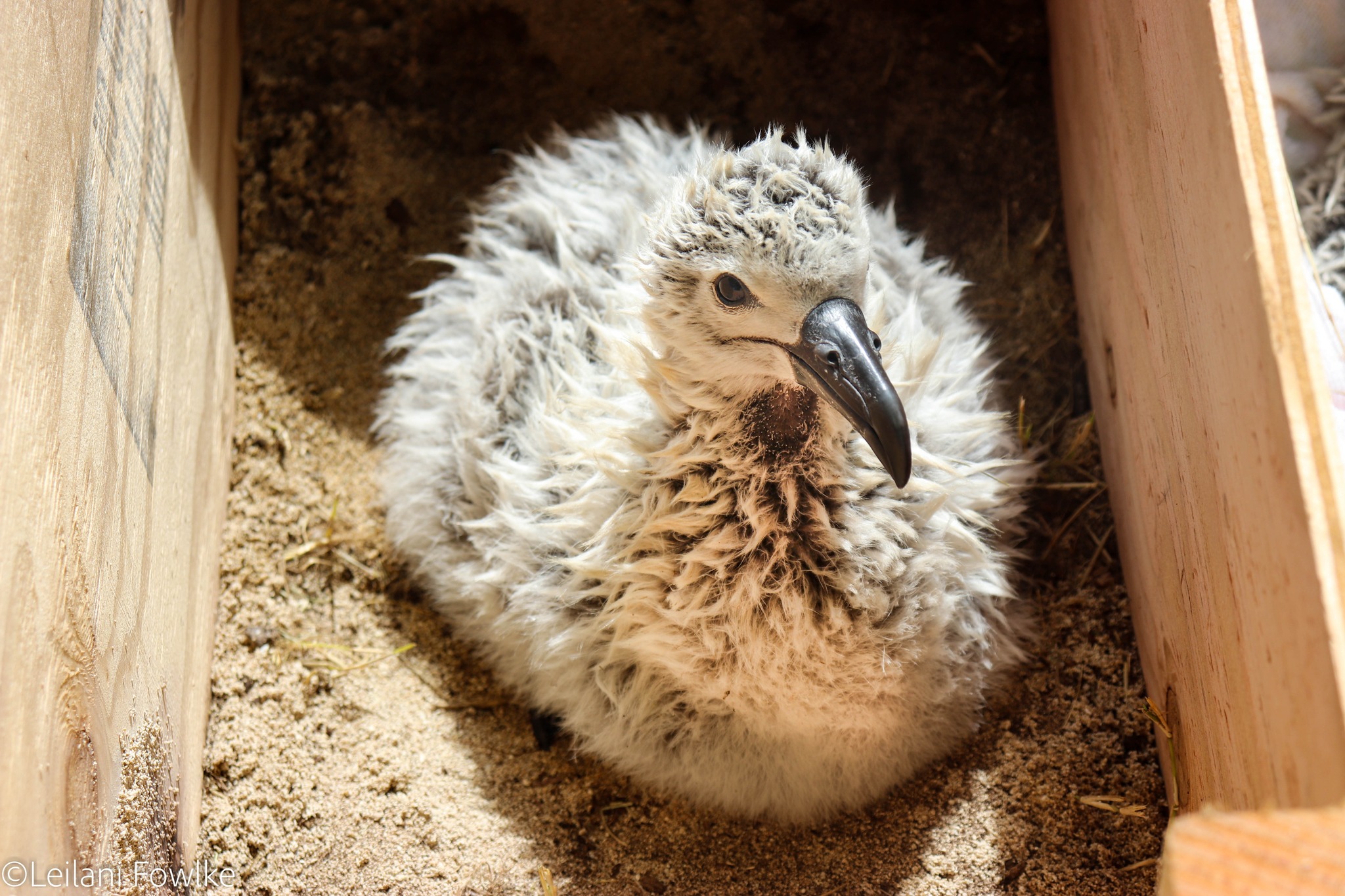
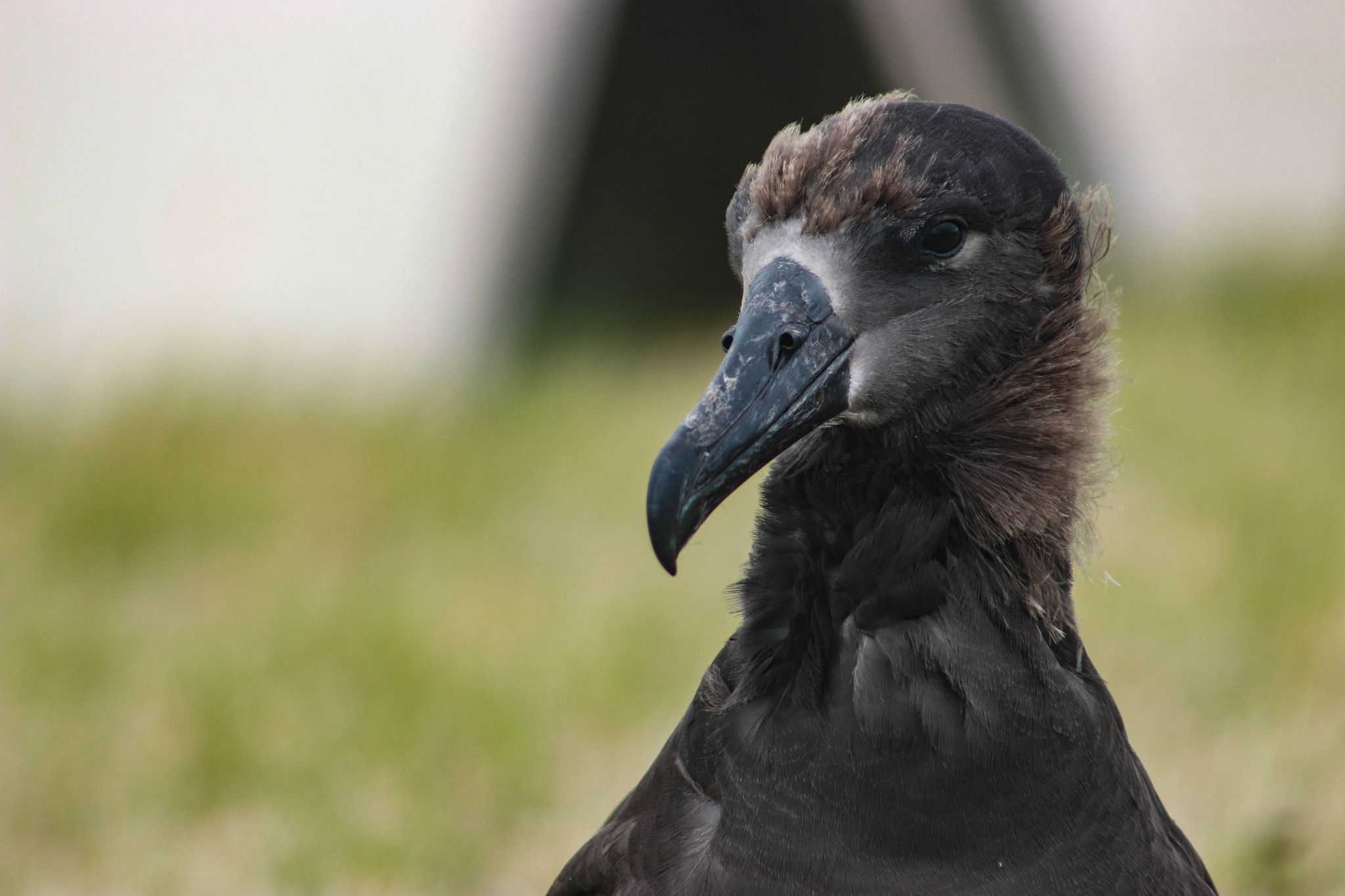
V666 grows up; photographs from Pacific Rim Conservation
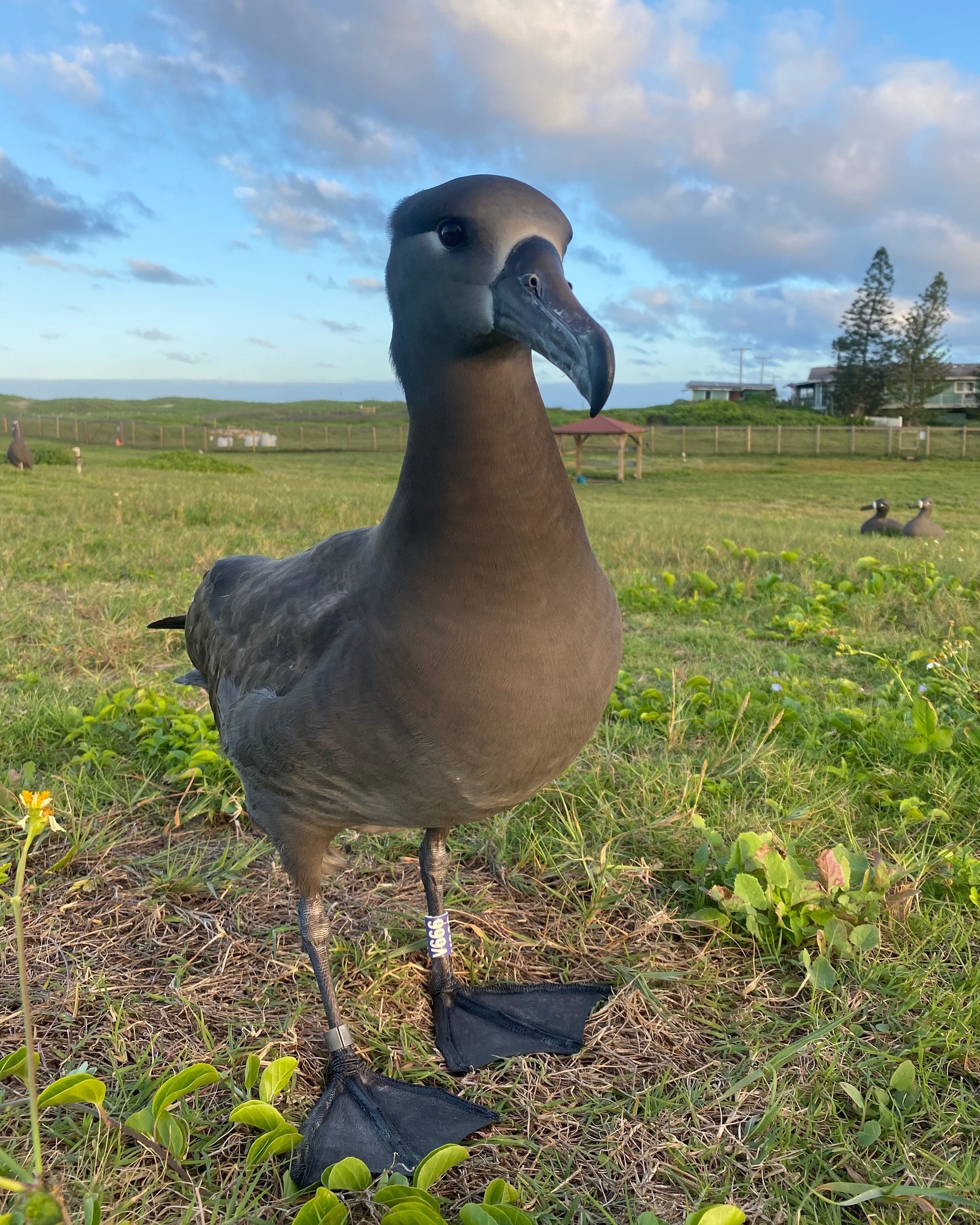
Feral cats kill more Laysan Albatross chicks on Kauai
The Kilauea Point Natural History Assoc dba Friends of Kauai Wildlife Refuges has reported this month of the ravages of feral cats on albatrosses on the Hawaiian island of Kaui: “We have learned that at least twelve mōlī [Laysan Albatross] chicks have been killed by feral cats in the past week alone here on the North Shore of Kauaʻi - pulled right out from under their parent on the nest. Feral cat predation must be stopped. Want to help? Please email the Kauaʻi County Council at
A breeding count for Laysan Albatrosses in the Kīlauea Point National Wildlife Refuge on Kauai
"As of February 1st, we have a total of 92 nests at Kīlauea Point NWR, 20 mōlī (Laysan albatross) chicks have hatched with several pipping from 68 active nests." (click here). Access earler ALN posts on Laysan Albatrosses in the refuge here.
John Cooper, ACAP Information Officer, 09 February 2022

 English
English  Français
Français  Español
Español 